Victor Paillard (Heudicourt, 1805 – Paris, 1886) One of the most eminent Parisian sculptors and bronze casters of the second half of the 19th century. He was a pupil of Jean-François Denière and opened his workshop of “Art bronzes and furniture bronzes” in 1830 at 105 boulevard Beaumarchais in Paris. He began with small bronzes (weights, etc.) and then moved on to casting statuettes, groups, candlesticks, lamps, chandeliers and clocks of ever larger dimensions (it was no coincidence that he was commissioned to create the colossal statue of Queen Victoria at the Great Exhibition in London in 1851). From 1850, he changed his activity and opened a workshop where around a hundred workers worked on casting bronze based on numerous models by famous sculptors, such as Pradier, Barye and Carrier-Belleuse, but also by Paillard himself. He exhibited with great success at the most important national and international exhibitions (Universal Exhibitions in London and Paris from 1852 to 1878) and was asked to work in Belgium, Austria and especially in Russia, where he worked for Baron Alexander von Stieglitz. He received prestigious official commissions: on behalf of Napoleon III, he decorated the Palace of Foreign Affairs at the Quai d'Orsay. He designed the clock, the bronze statues in the fireplace, the four chandeliers with chimeras and groups of children in the Salon de l'Horloge, and the large Renaissance-style chandelier with children and arabesques in the Salon du Congrès. Critics appreciated "the good taste, the respect for the work of the master sculptor, the perfect execution"; the cherub figures are particularly fascinating, as they "represent the happy and innocent states of childhood." In recent years, he worked with Louis-Alexandre-Adolphe Romain, with whom he exhibited at the Vienna World's Fair under the name "Paillard et Romain." His works can be admired in many representative public buildings; they are also held in many private collections and in many prestigious museums (Musée des Arts Décoratifs, Paris; Musée Lambinet, Versailles; Dahesh Museum of Art, New York).


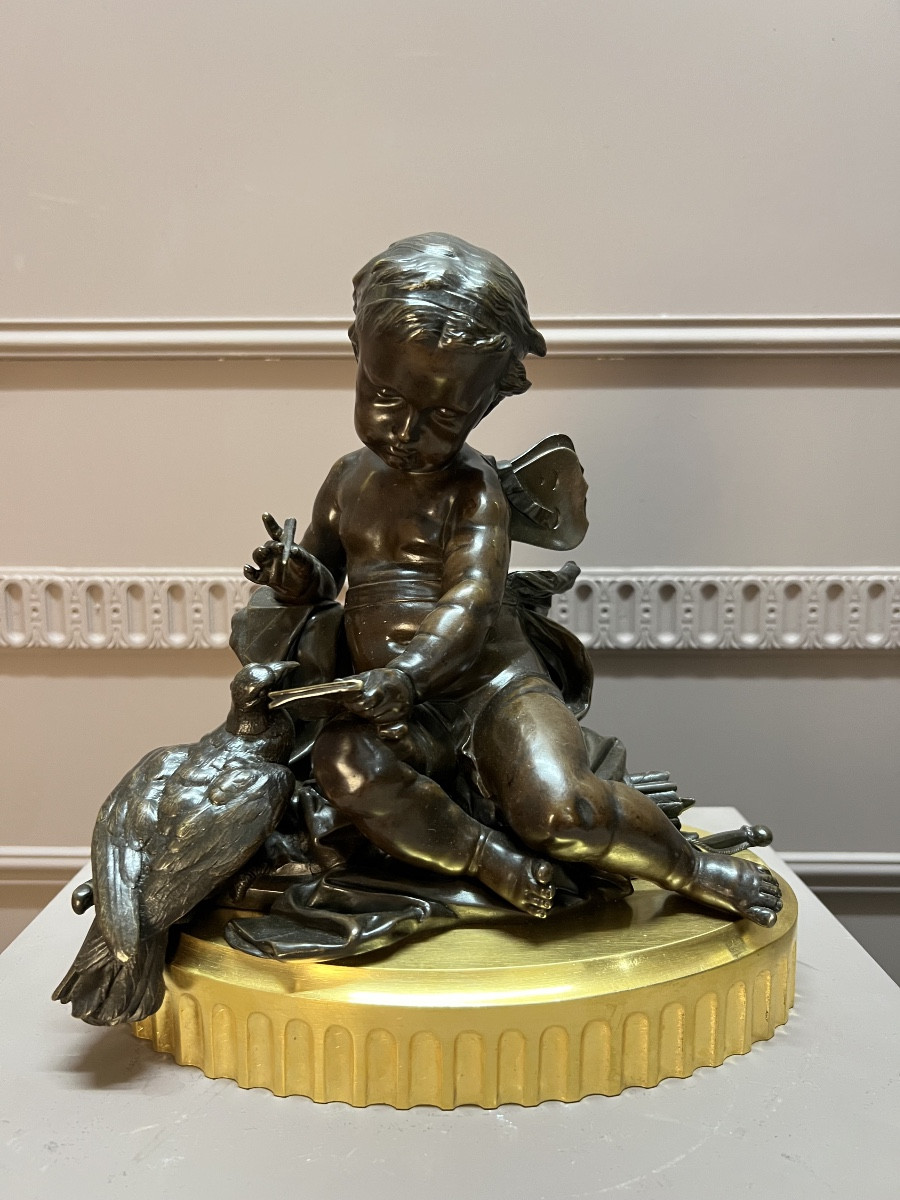


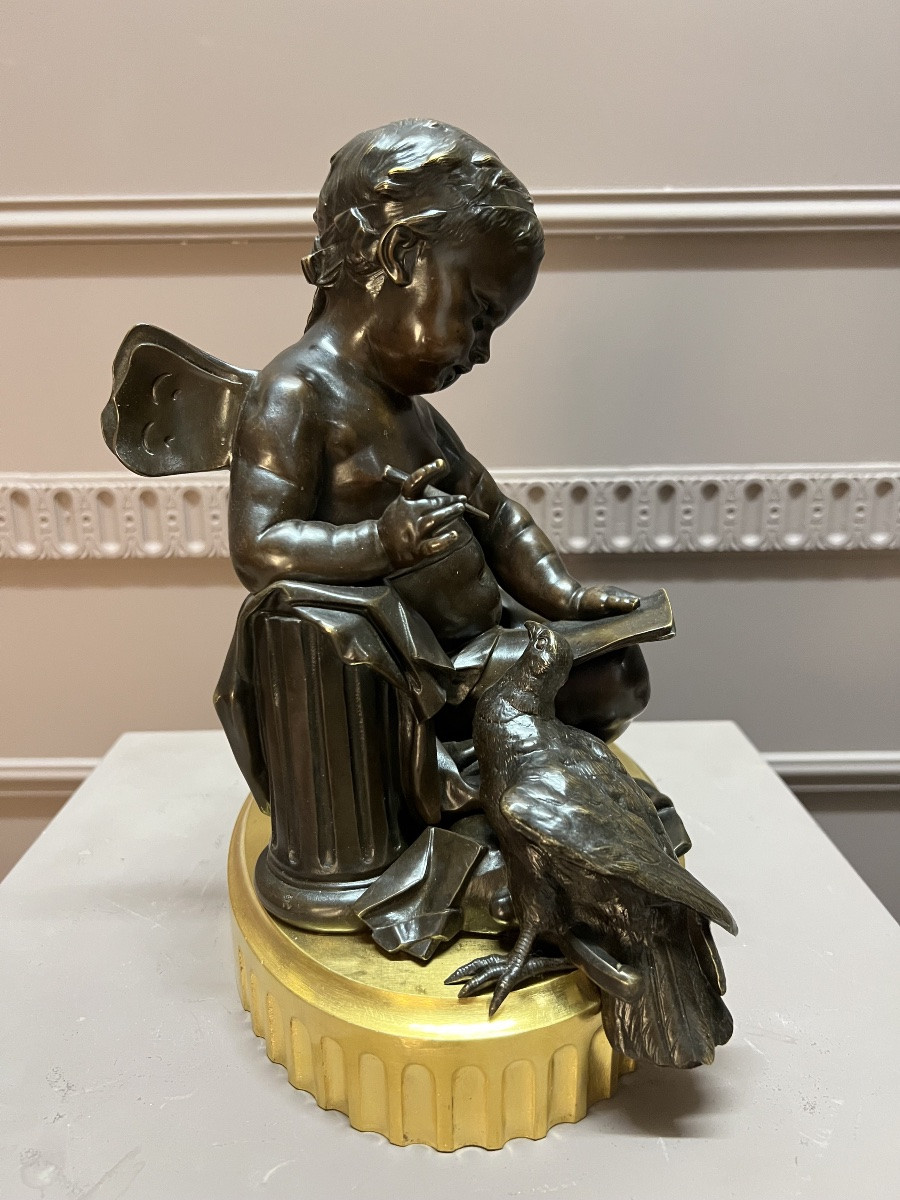

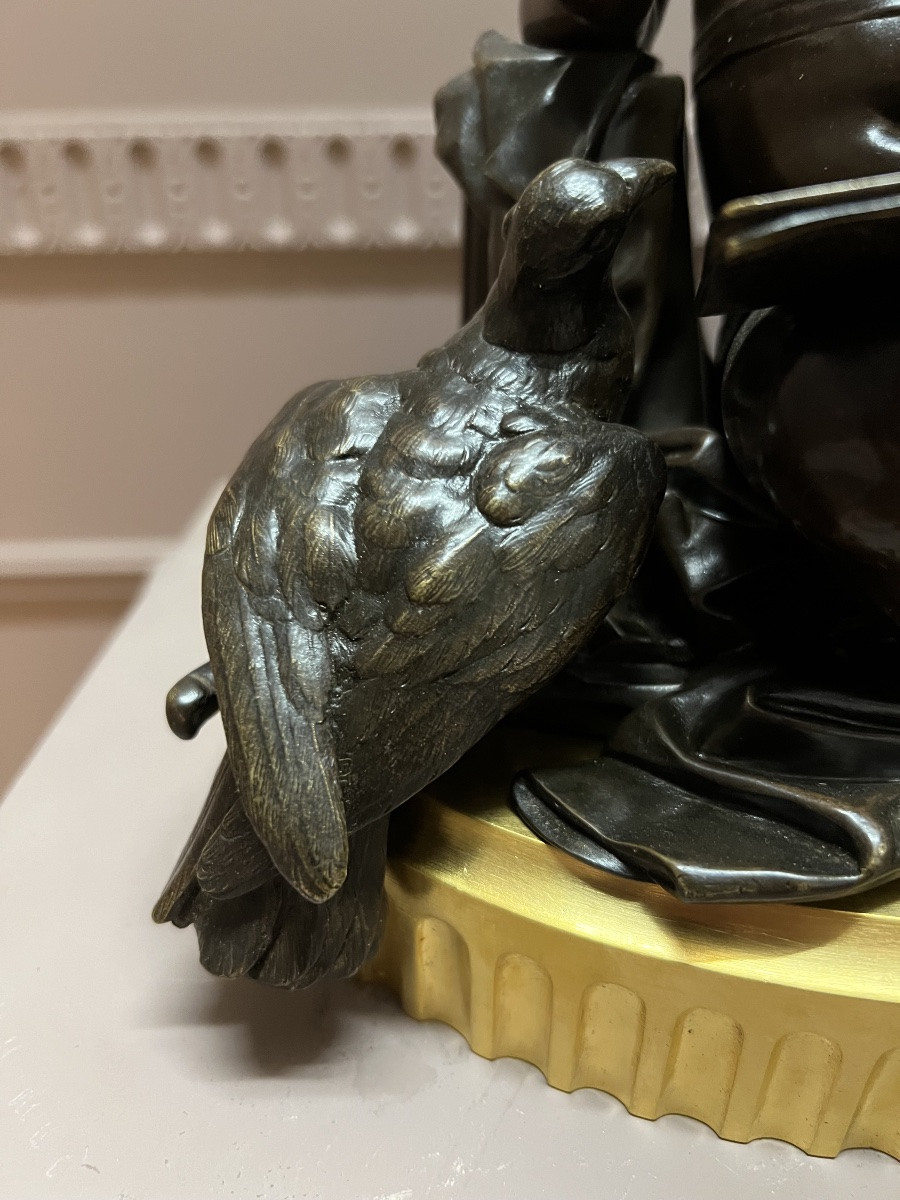



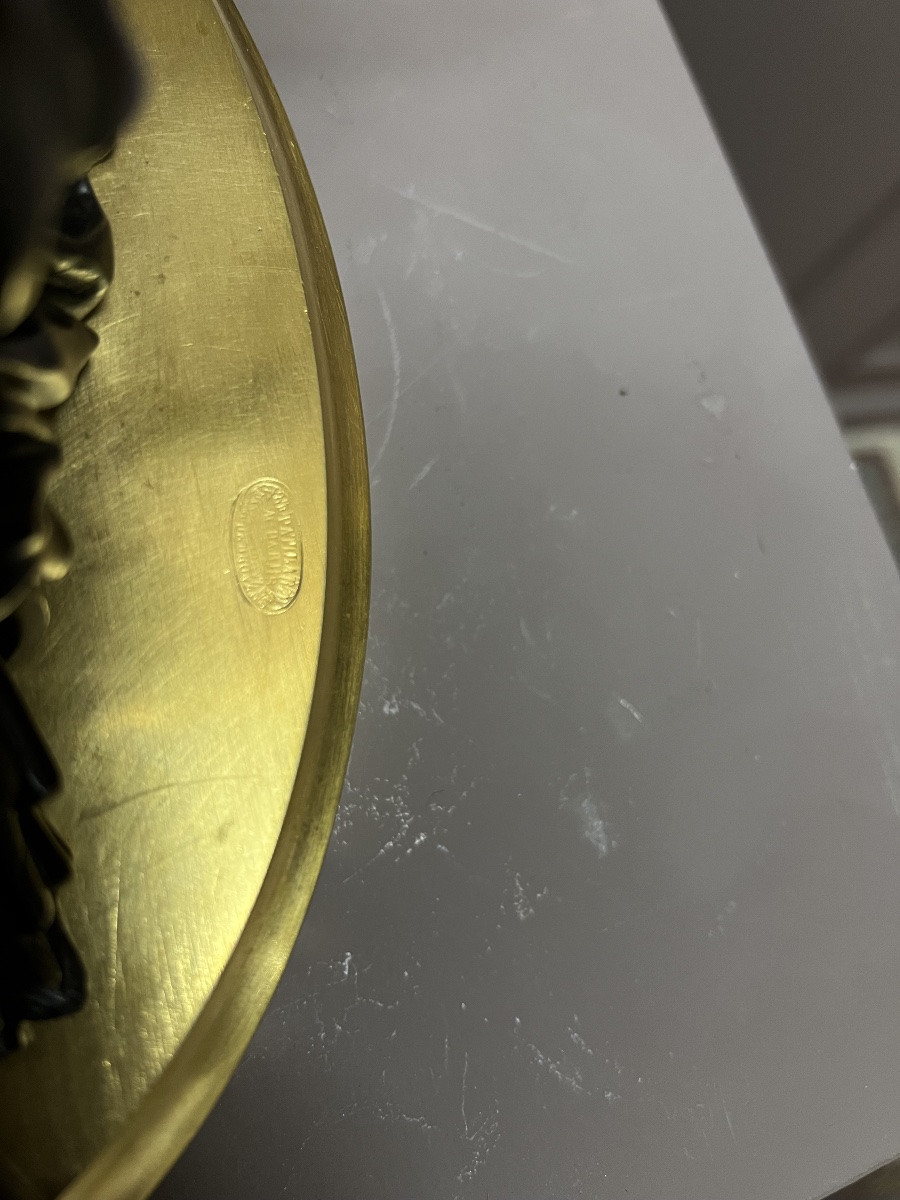


















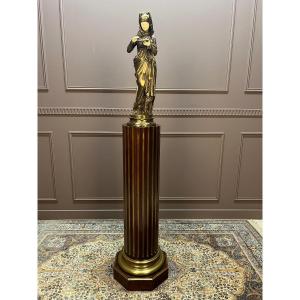
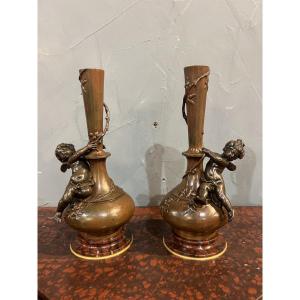



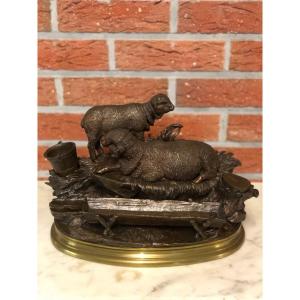


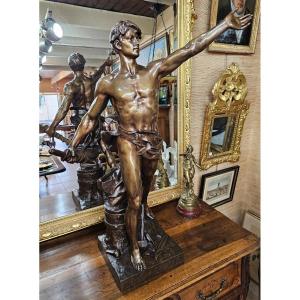

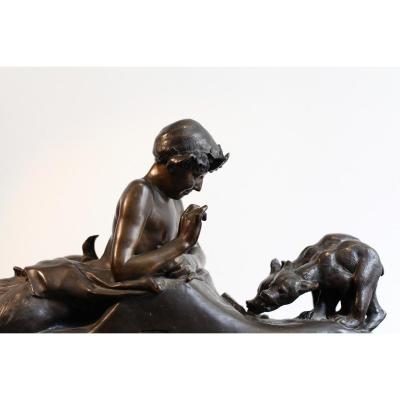




 Le Magazine de PROANTIC
Le Magazine de PROANTIC TRÉSORS Magazine
TRÉSORS Magazine Rivista Artiquariato
Rivista Artiquariato